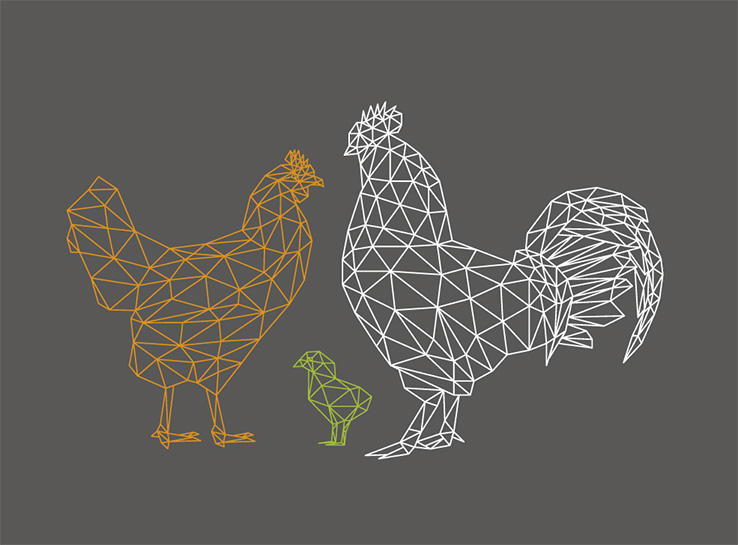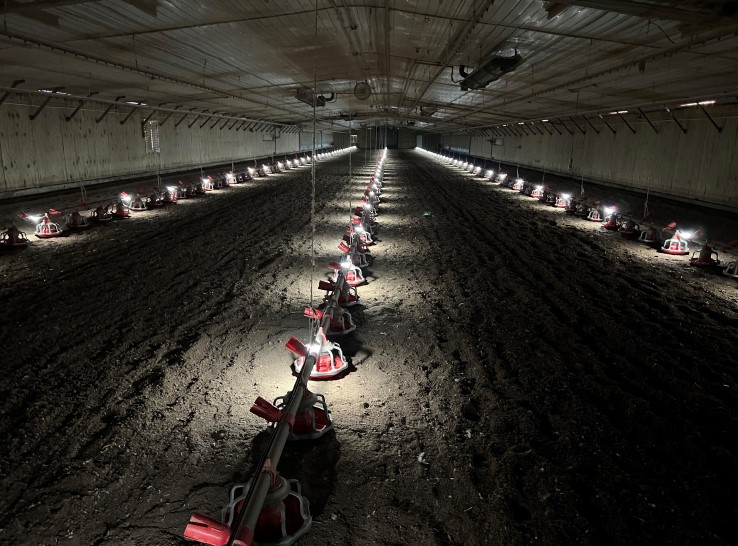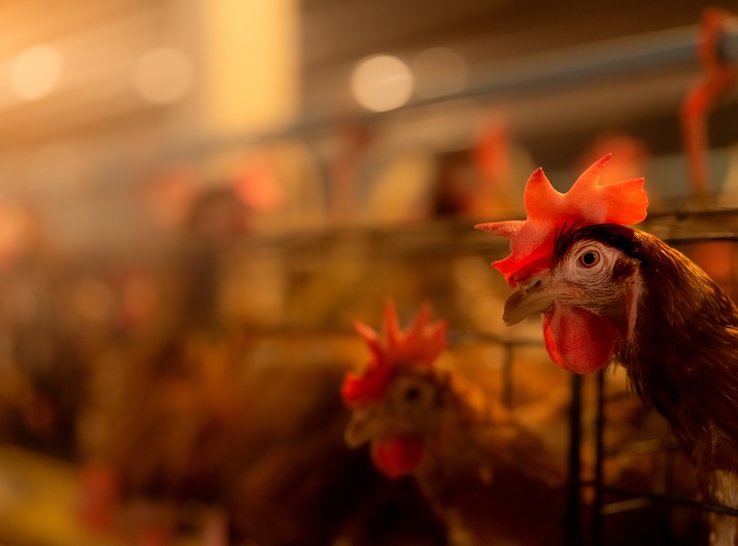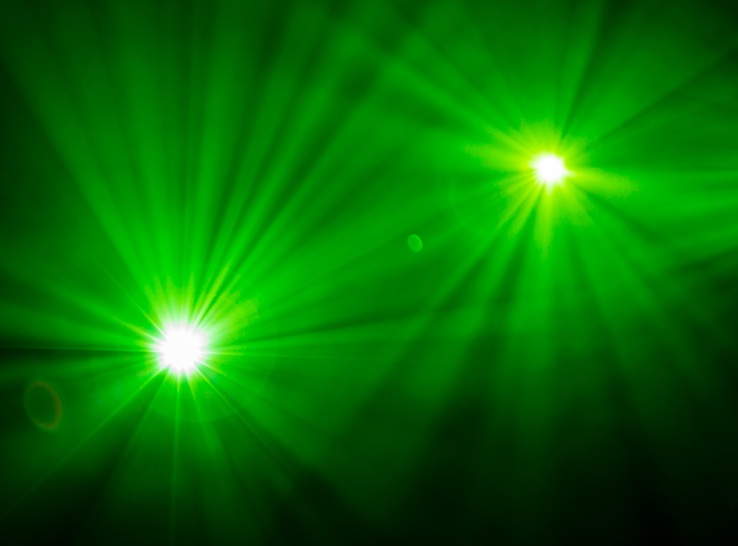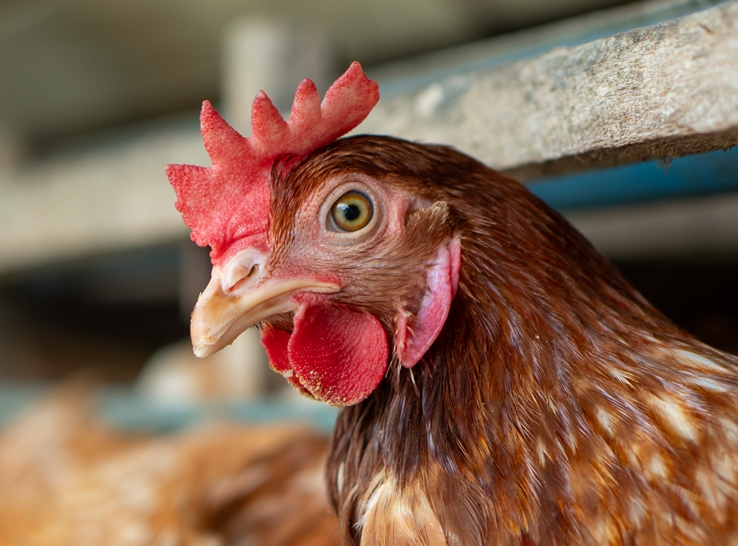A recent study comparing traditional lighting with gradient lighting demonstrated significant benefits to poultry flocks, including improved feed conversion ratio (FCR), enhanced welfare indicators and reduced stress levels,1 according to Gabrielle House, PhD, an animal lighting application specialist with ONCE Animal Lighting by Signify.
In response to industry demands, ONCE collaborated with a leading broiler producer to develop Optient, the first and only approved gradient-lighting system. According to the company, the design principles focused on easy installation, a 10:1 gradient over feeders, cost-effectiveness, minimized shadowing and encouragement of natural bird behaviors.
“Optient’s design involved taking a bird’s eye view on poultry lighting,” House explains, noting that the system’s low-profile design and specialized lens minimize shadowing, while a modular approach ensures flexibility in light spacing. Its unique mounting system, made of ammonia-resistant plastics, allows for easy installation without the need for conduit or ladders, she adds.
According to House, the gradient-lighting system has led to a 4-point average reduction in FCR and improved broiler welfare.
Species-specific lighting
To appreciate the technology’s potential, it’s crucial to understand core principles that guide the development of species-specific lighting solutions for poultry, House says.
Observing the habitat of red junglefowl, the wild predecessor of domestic chickens, has given researchers insights into non-uniform lighting distribution. Unlike the uniform lighting conditions in modern broiler houses, the wild environment features areas of dim, shaded lighting interspersed with bright light filtering through the tree canopy.
“Poultry, as prey animals, heavily rely on visual cues to understand their surroundings,” House explains.
Broilers possess tetrachromatic vision, she adds, making them sensitive to red, green, blue and ultraviolet-A (UV-A) portions of the light spectrum. This unique visual system emphasizes the need for lighting solutions tailored to the nuanced visual perception of broilers.
“In the pursuit of improving broiler performance and welfare, artificial lighting can serve as an environmental enrichment tool,” House says. “Drawing inspiration from both nature and science, researchers explore the use of non-homogenous lighting to mimic the varied lighting environments found in the wild.”
1 Kang SW, et al. Effects of a variable light intensity lighting program on the welfare and performance of commercial broiler chickens. Front Physiol. 2023. doi: 10.3389/fphys.2023.1059055.
Photo credit: LK Creative

